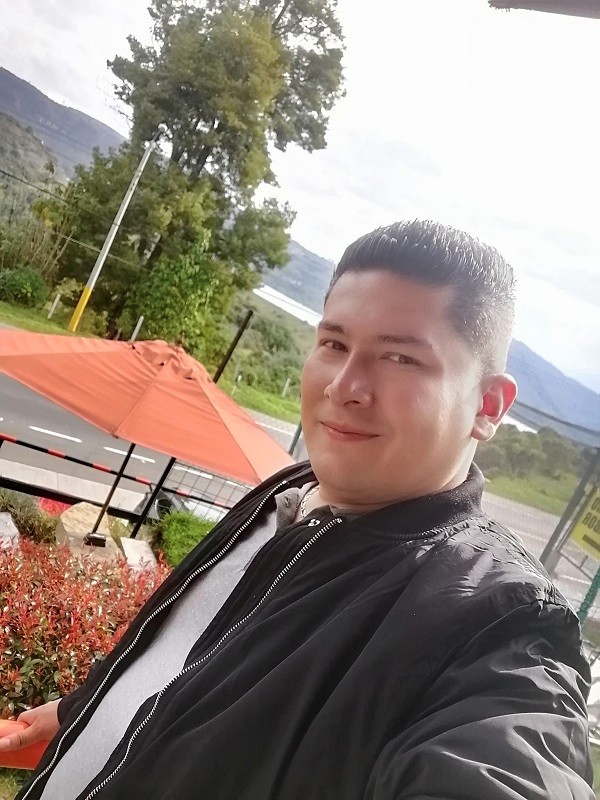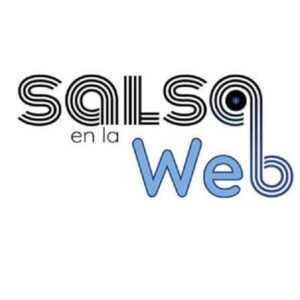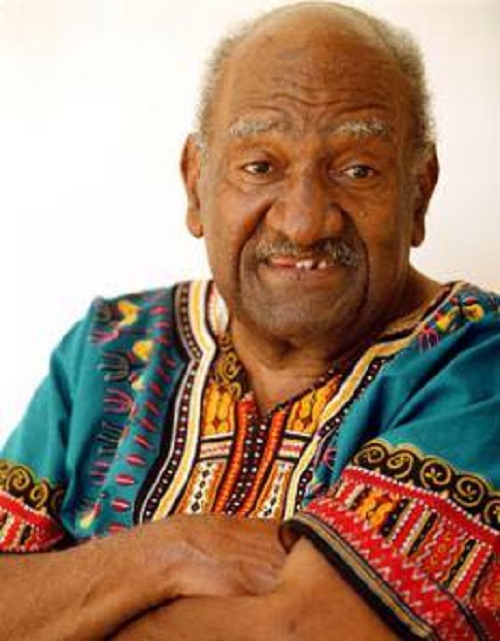This month of vacation, you will have the opportunity to experience incredible concerts and festivals
In December, great festivals are celebrated in Spain that last from the beginning of Advent until New Year’s Day. Moderate, non-intrusive décor is ever-present in public spaces and homes during this exciting time of year. A wide range of music that goes from the traditional Spanish melody to Latin music (Salsa, Bachata, and Reggaeton) popular among the youngest will disperse throughout the Iberian country, and here I have summarized everything for you.

In Girona (a province located in the northeast of the autonomous community of Catalonia), the Dominican singer Yiyo Sarante will make his first appearance on December 2nd in the spaces of the Latin disco Euphoria https://www.facebook.com/EUPHORIALATINAGIRONA/?ref=page_internal (Sala Univers, Girona, Carrer del camp de les lloses, 8) at midnight to present his most recent singles Quiero Perderme Contigo, Llorarás, Eres Pasado, Demonio y Prohíbeme Verte as well as his greats classics Pirata, Maldita Primavera, Tierra Mala, Nos engañó a Los Dos y Tres Semanas. Tickets are already available and range from €30 (online) to €40 (box office). The minimum age to access this event is 18 years.
This same day (Friday, December 2nd) the Sevillian exponent of Bachata Dani J will give a concert in Madrid as part of his Abraxas Dancing Tour to celebrate the season. This concert will take place at the Cervantes Complex (Highway M206 Torrejón at Km 2.6, M-206, Km 2, 600, 28890 Loeches, Madrid) at 1 AM, and its doors will open at 10:30 PM with a workshop, followed by an hour of social dance to then continue with the concert, and close with the second social dance until dawn. Tickets can be purchased from €15 by clicking here. https://complejocervantes.com/
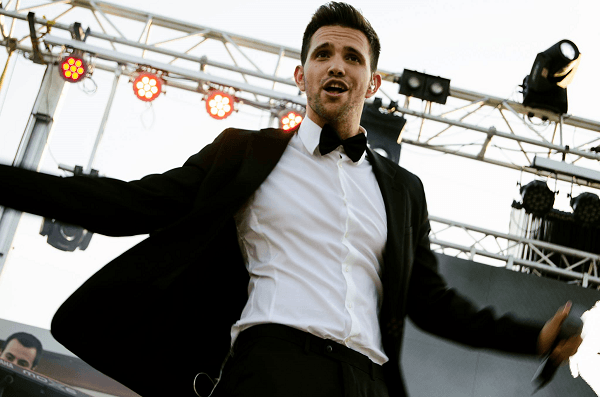
The third event that I bring you will take place in Zaragoza, the largest city in the autonomous community of Aragon in the northeast of Spain. The Zaragoza Dance Festival is a three-day celebration of tropical dance immersion with more than 30 Salsa, Bachata, and Kizomba workshops with great artists from Europe and Latin America in two simultaneous rooms, two nights of partying from 11 PM to 6 AM with DJ Tevez (Spain), DJ Sergio (Spain), DJ Shark (Cuba), DJ Antony Tarraxa (Italy), and DJ Enzo (Spain), as well as the concert of the world star of the song DANI J on Saturday night. The festival will take place from December 16th to December 18th at the facilities of the 8 Tiempos dance school located at C. de Tomás A. Edison, 9, Zaragoza. The full pass for the I Zaragoza Dance Festival which will welcome thousands of fans from different corners of the planet can be purchased through its official website. https://lasalsadelbaile.com/zaragozadancefestival
Following the same trend in festivals this season, the Winter Bachata Festival stands out. It is an annual event that is organized in Gandia city, province of Valencia. This seventh edition features local dance professionals who will help hone the skills of amateur dancers. All this by the hand of DJ Miguelón, DJ Salva, and DJ Yago who will animate with their mixes the daytime and nighttime workshops as well as the parties and social dances that will start at 11:30 PM until 3 AM. In this field dominated by Latin dance professionals, you will have the opportunity to attend and meet new friends. Winter Bachata Festival https://lasalsadelbaile.com/winterbachata will take place from December 8th to December 11th at the Hotel Gandia Palace (Carrer de la Rioja, 41), and the ticket costs €45.
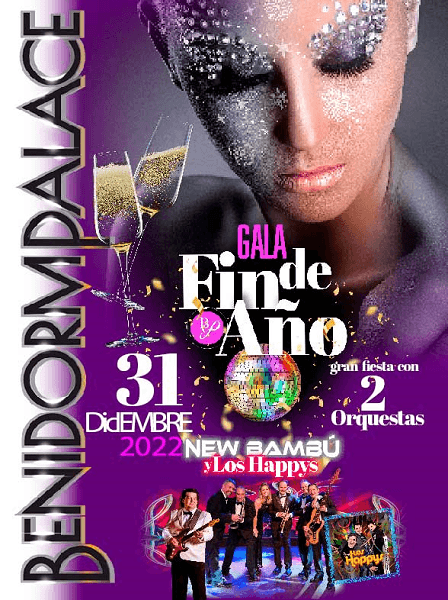
Finally, in this list of the best Latin music events in Spain that will make you live an unforgettable experience during this beautiful time of year, I bring you the Terra show with an international cast made up of almost 50 artists who will be in charge of guiding a trip around the world very particular that will surprise and show the spectator all the artistic richness with the main performances by the New Bambú Orchestra, the Christmas carols by candlelight with the tribute to Il Divo, and the singer Ami Tapper, who will accompany the spectators during this journey with musical themes that have become universal classics. In addition, award-winning magician David Climent, comedian Titto Lester, aerial contortionist Sharyn Monni, Kimberly Lester with the number of “sand art” and circus artists Sandy, Samantha & Jastin Monteiro Vassallo will perform.
On Sunday, December 25th (New Bambú show and tribute to Il Divo + gala dinner: €70), Saturday, December 31st (show + gala dinner: €185) and Thursday, January 5th (show + gala dinner: €64) are the dates to enjoy this amazing show by Terra at the Benidorm Palace concert hall www.benidormpalace.es located at Avenue Severo Ochoa 13 in the city of Benidorm, one of the most popular tourist destinations in Europe and the Second city in the world with the highest number of skyscrapers per square meter.
Read also: You will hallucinate with these 4 salsa clubs in spain
